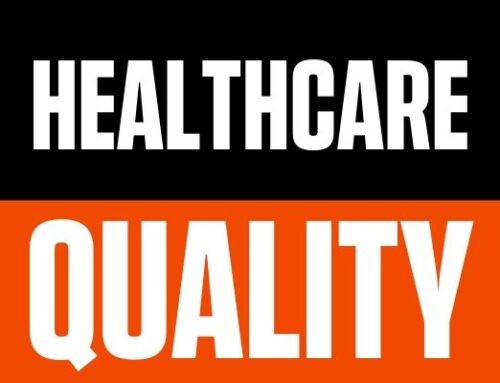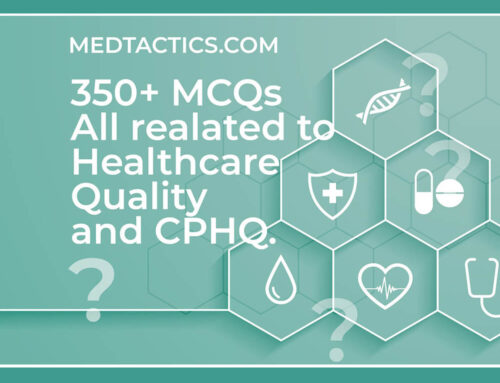Healthcare quality intro
Healthcare quality is a numerical measure of value offered by any healthcare source, as defined by a specific set of standards. As with quality in all other fields, however, it’s an evaluation of whether or not something is satisfactory and whether or not it’s appropriate for the purpose it’s intended for. If healthcare is the desired result for any given patient or group of patients, then healthcare quality must be a high priority. In fact, one might say that the quality of any given medical practice is inseparable from that practice’s ability to meet the primary objective: providing a healthy and safe population for those patients. To do so, the practice must be able to deliver the best possible level of care, delivered in the most efficient manner, and in a cost-effective manner.
A fundamental aspect of quality improvement is developing a system for evaluating and measuring healthcare quality. That system should incorporate defined attributes in measurable items (such as patient care and hospital outcome reports) and should be able to track changes in those characteristics over time (such as the percent of patients who are discharged from hospital after their first visit versus the percent who are discharged after their fifth visit). Defining attributes in measurable items can include, but are not limited to, patient safety, satisfaction, use of clinical equipment and facilities, satisfaction of physicians and staff, and adverse events. The associated metrics for these descriptive scorecards will provide a basis for tracking progress and assessing the desired health outcomes.
In order to determine the necessary definition and metrics for each healthcare quality indicator, several considerations should be made. Firstly, healthcare quality care is known to vary greatly from practice to practice. Thus, it’s important to have a standard to compare with. Additionally, a common denominator may be used to compare practices that have similar characteristics (e.g., number of procedures per department, staff-to-patient ratios, etc.).
When determining the appropriate definition and metrics for a given indicator, a number of conceptual models for quality are discussed and evaluated. The most practical model is the continuous improvement process by which attributes are continuously evaluated over time with the use of modified goals, methods, and strategies. Each attribute is assigned a numerical value based on its importance, its current or expected role in quality, and its potential impact on future quality. It is then categorized into several groups, including the existing status (what the data show today), the possible state (what the data show over time), or the future status (what the data will look like in the future). Within each group of attributes, there are several different types: the future condition, the past condition, and the status.
These are just some of the many conceptual models and concepts used in healthcare quality improvement measurement. There is considerable debate between how to best define, measure, and report on the quality of care provided at hospitals, doctors offices, and nursing homes. In the past, healthcare quality indicators were primarily used to indicate compliance with standards of care. However, these have now included different perspectives on what it means to provide high-quality health care, as well as defining attributes that can better determine whether care is satisfactory acceptable, or below standard.





Leave A Comment